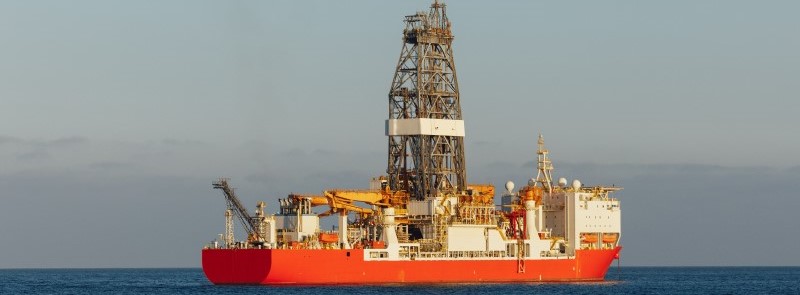U.S. offshore oil and gas development took a major step forward this week as the Department of the Interior (DOI) unveiled a draft five-year federal leasing program that opens the door to the most expansive Outer Continental Shelf (OCS) acreage offered in more than a decade. The proposal, covering 2026–2031, includes up to 34 potential lease sales across 21 planning areas from Alaska to the Pacific and the Gulf of America.
The draft program marks a sharp shift from the previous administration’s limited leasing schedule and immediately drew strong support from U.S. oil and gas trade groups, who said the expanded plan could restore investment certainty, strengthen energy security and accelerate long-term offshore development.
API President and CEO Mike Sommers called the proposal “a historic step toward unleashing our nation’s vast offshore resources,” praising DOI leadership for restarting a predictable leasing process after years of delay. BOEM plans to hold its first offshore sale since 2023 in December.
Industry groups highlighted the Gulf of America as the central pillar of U.S. offshore production. NOIA President Erik Milito said the region—now formally designated “GOA Program Area A”—remains “the gold standard for offshore energy,” producing nearly 2 MMbpd with some of the lowest carbon-intensity barrels in the world. He said evaluating new offshore areas alongside core Gulf acreage will keep the U.S. competitive as global demand rises.
The proposal also introduces a new administrative planning area, the South-Central Gulf of America, and identifies 21 potential lease areas off Alaska, six along the Pacific coast, and seven in the Gulf.
Independent producers also endorsed the broader scope of the plan. IPAA President and CEO Edith Naegele said a robust five-year schedule is “essential to national security needs,” noting that including all OCS regions in early drafts enables competitive bidding and maximizes returns to the U.S. Treasury. Under the Outer Continental Shelf Lands Act, the program will undergo multi-stage revisions and public comment before it is finalized.
According to the U.S. Energy Information Administration, offshore production accounts for 14% of U.S. crude supply, nearly 2 MMbpd. Expanded leasing, industry groups say, could generate more than $8 billion in government revenue by 2040 while supporting domestic supply chains and long-term investment decisions.
The draft program’s release reflects the broader push by the Biden administration to accelerate domestic energy development while modernizing offshore safety standards and emissions performance—areas in which API, NOIA and IPAA all highlighted ongoing industry progress.

